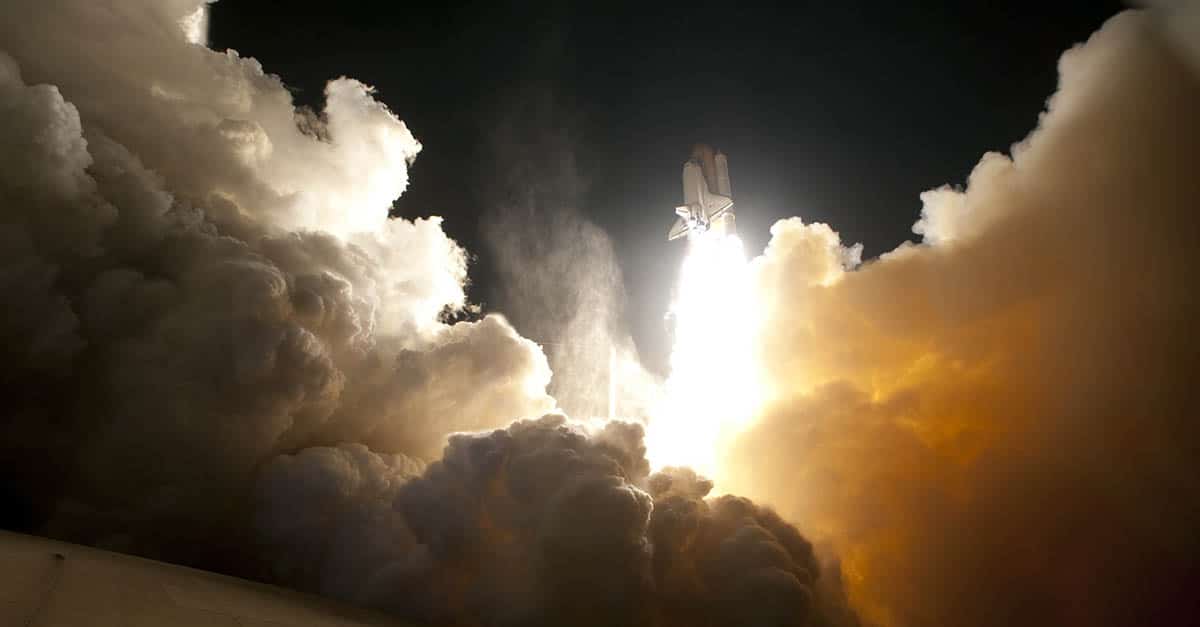Author: Pietro Santoriello
1) Treaty on Principles Governing the Activities of States in the Exploration and Use of Outer Space (Outer Space Treaty) of 1967
The Outer Space Treaty represents the main framework of international space law: 111 countries are parties to the treaty. One of the aims of the OST is that all countries have a right to explore space in a peaceful way and general states principles for space exploration and operation. Space activities are for the benefit and in the interests of all humankind. Outer space is not a national appropriation matter, countries can’t claim sovereignty by means of use, occupation, or any other means. In terms of peaceful use of outer space, the OST states that countries shall not place nuclear weapons or mass destruction weapons in orbit or on celestial bodies or station them in other ways.
Orbits and celestial bodies can only be used for peaceful purposes. All astronauts are considered as “envoys” of humankind and all signatory countries must provide help to astronauts when needed, like emergency landings in a foreign country or at sea. States are responsible for their space activities and must provide authorizations and supervision. Countries are also responsible for damage caused by their space objects and activities and can’t contaminate space orbits and celestial bodies.
2) Agreement on the Rescue of Astronauts, the Return of Astronauts and the Return of Objects Launched into Outer Space (Rescue Agreement) of 1968
The concept of this treaty comes from the will to give a “further concrete expression to the rights and obligations” in the Outer Space Treaty. Countries agree to take all possible actions in helping astronauts in need and return them to the launching nation.
To guarantee cooperation, countries help return to the sponsoring nation any space objects that land outside of the launching country. In the case, an astronaut lands in territory not under the jurisdiction of any state or in the high seas, each contracting party informed of the event should immediately notify the launching authority and communicate the event and notify the Secretary-General of the United Nations.
3) Convention on International Liability for Damage Caused by Space Objects (Space liability Convention) of 1972
This treaty was born from the desire to implement rights and obligations to liability for damage cited in the Outer Space Treaty. In particular, here signatory countries take liability for any damage caused by their space objects and agree to standard procedures for adjudicating damage claims. In particular, Article II states that a launching state shall be liable to pay compensation for damage caused by its space objects on the surface of the Earth or to aircraft. Therefore, in Article III the liability terms are extended to damage caused elsewhere than on the surface to another space object.
In that case “the latter shall be liable only if the damage is due to its fault or the fault of persons for whom it is responsible”. The treaty considers also the event of a joint launch, in that case, the compensation for any damage caused shall be apportioned between all launching states. Article V comma 3 underlines that also a state from whose territory or facilities a space object is launched shall be considered as a participant in a joint launching, so it will be considered liable for any damage caused as well.
4) Convention on Registration of Objects Launched into Outer Space (Registration Convention) of 1975
The Registration Convention empowers the United Nations Secretary-General to maintain a register of all space objects. In particular, it supplements Article VIII of the Outer Space Treaty, and it comes from the success of the Liability Convention and the Rescue Agreement. The treaty established one concept through the articles: the need for registration of the space objects. This Convention states that all objects launched into Earth orbit or beyond must be recorded with an appropriate space national space agency. Information on the object, like the date, the territory of the launch, orbital parameters, the function of the object is to be communicated to the UN Secretary-General.
A registry of launched has been maintained by the UN Secretariat since 1962 but since this Convention, another registry of launches has been established for information from member states or organizations part of the Convention. This treaty didn’t receive acceptance between a vast number of countries that characterized the first three Treaties. However, most of the important space powers are a party in this agreement.
5) Agreement Governing the Activities of States on the Moon and Other Celestial Bodies (Moon Treaty) of 1979
The Moon Treaty is intended to give more explanation and details than what was expressed in the Outer Space Treaty about the Moon and Other Celestial Bodies. It calls for the establishment of a legal regime to control the use of the Moon and Other Celestial Bodies, as well as orbits and trajectories in the solar system. In this Treaty, the Moon is considered the “common heritage” of all humankind and states the creation of an international governing organization to ensure the safe management of the lunar resources. It articulates several limitations on the use of the Moon and other Celestial Bodies, including the reaffirmation of the non-sovereignty principle.
Only 16 states are party to this Agreement but none of them are space powers. However, it remains the only international-recognized articulation of the first principle governing the management of lunar resources for now. Surely, it is one of the bases on which other frameworks are developing: for example the Building Blocks for the Development of an International Framework On Space Resources Activities, which promote cooperation in future management and use of resources on the Moon and Other Celestial Bodies.
Personal considerations
I think this corpus, in particular the Outer Space Treaty, is outdated: considering that it is a treaty of the 1960s, it does not take into account the evolutions in the use of space that we are witnessing today, and although it is now to be considered as a customary norm, it cannot give a solution to every problem that we are facing today in terms of management of space and its resources.
For example, the problem of Space Situational Awareness and debris in orbit, or of considering private individuals as fully-fledged actors in the space scene, or the management of extra-atmospheric resources. The trend of soft laws and national legislation has a strong limitation: not all states apply them or interpret and legislate them in the same way. This could lead in the future to a kind of anarchy that would break the international balance.
Moreover, in conclusion, I think that it could be very difficult to get the various parties to agree on the ratification of an up-to-date treaty, shared at least by the major space actors.




